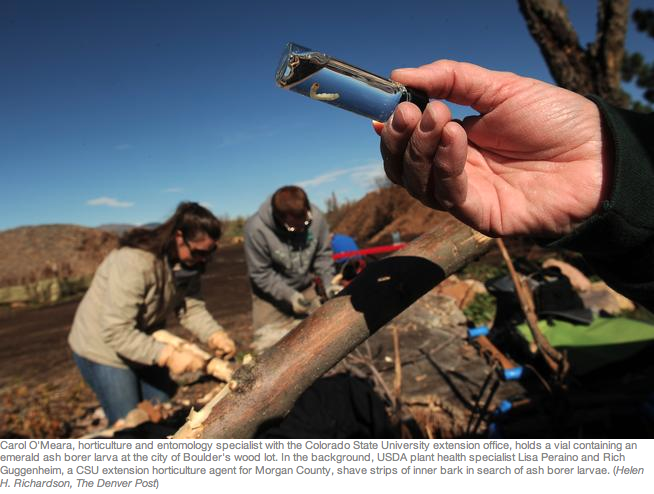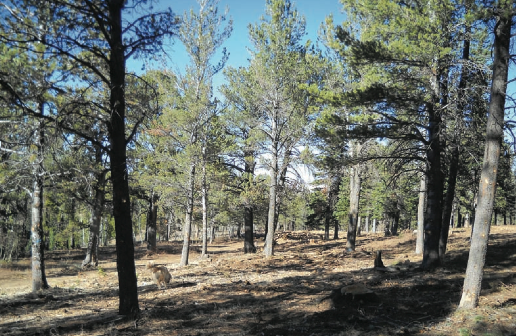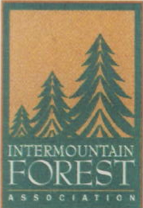The Schultz Fire of 2010 burned just over 15,000 forested acres and caused the evacuation of hundreds of homes . Heavy floods followed the fire, resulting in extensive damage to property downstream from the charred hillsides. Nearly three years later, seasonal flooding is still a concern and residents continue to live under the threat of swift floodwaters that may carve unanticipated pathways through their sloping neighborhoods.
Read the full report: A Full Cost Accounting of the 2010 Schultz Fire






